According to many candidates, the test questions closely follow the sample questions of the Ministry of Education and Training, are reasonable and suitable for average to good students, and are challenging enough to classify good candidates. The multiple choice questions are short but require the ability to apply and synthesize knowledge, not just stop at memorizing formulas.
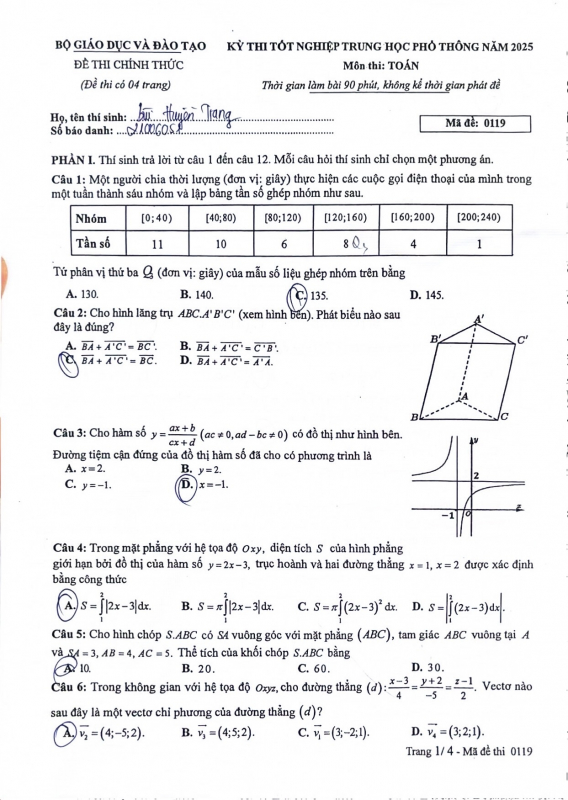
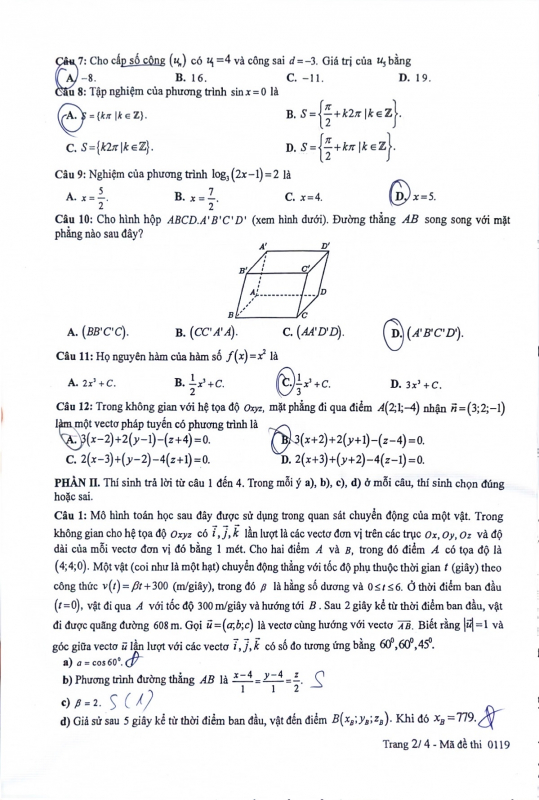
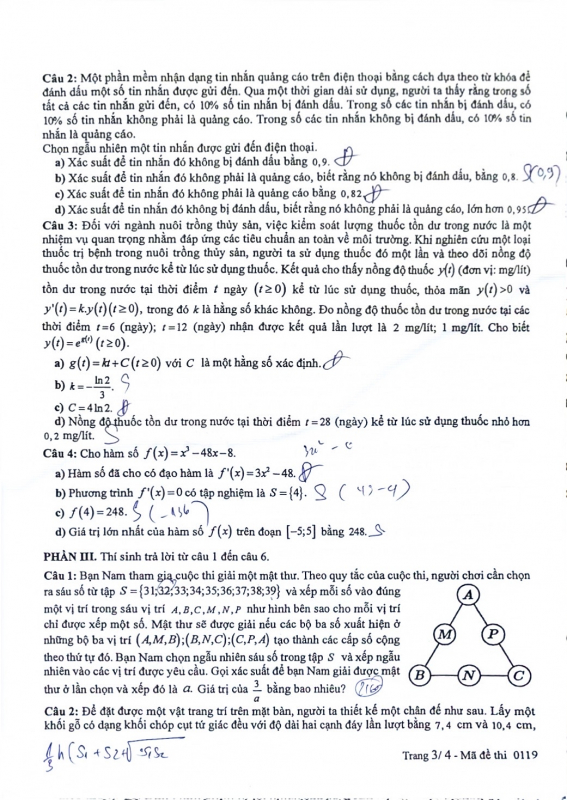
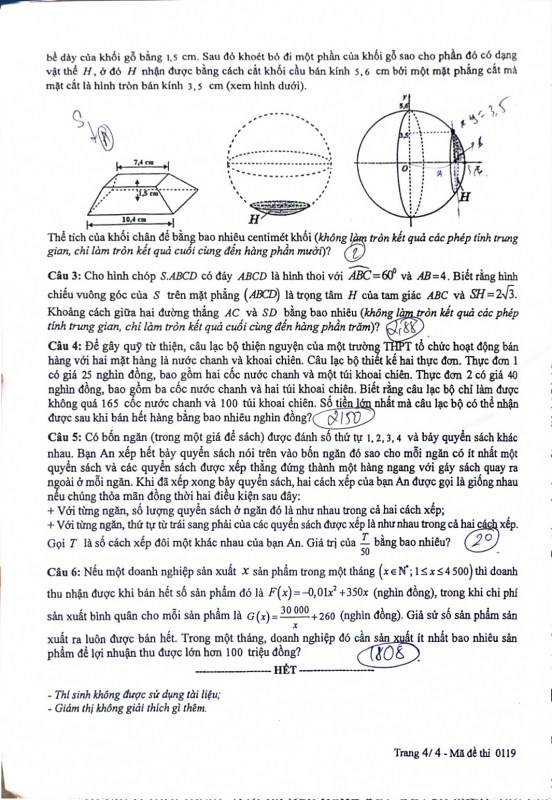
Nguyen Huy Hoang, a candidate taking the exam at Tran Phu High School - Hoan Kiem, Hoan Kiem District ( Hanoi ) shared: This year's Math exam has a high level of differentiation. With the new way of making questions, the basic parts for candidates to get graduation points are quite suitable, not tricky. The last questions are questions to classify candidates' abilities, requiring thinking. Candidates who want to get 8 points or more must have good abilities. In particular, the short essay section has two quite difficult probability questions.
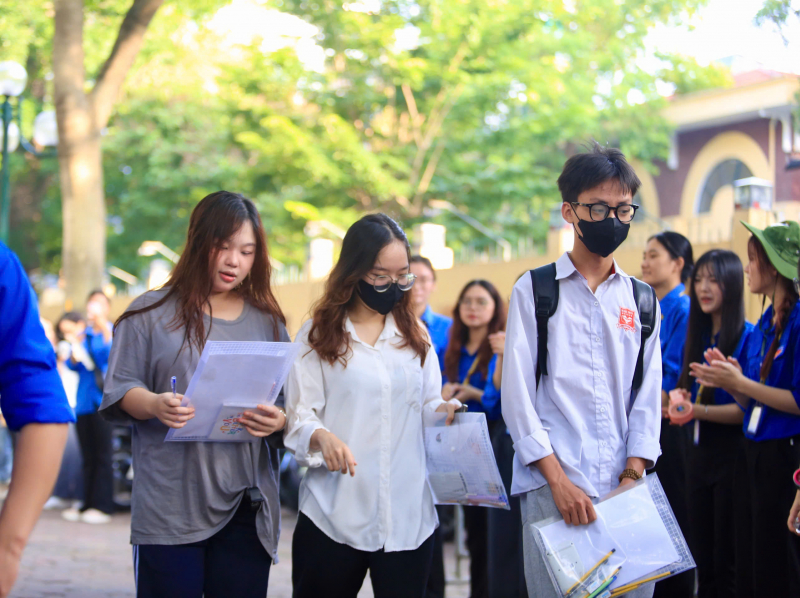
Commenting on the exam, teachers of the Math Group and the HOCMAIeducation system said that the 2025 Math exam was built according to the structure and format announced in the reference exam of the Ministry of Education and Training, closely following the program content, mainly the 12th grade program and in line with the innovation orientation. Notably, this year's exam increased the element of practical application, linking knowledge with life, requiring candidates to have good reading comprehension skills while clearly demonstrating differentiation, contributing to accurately assessing the candidates' true level and ability.
In terms of structure, the test consists of 3 parts. In which, the multiple choice test consists of 12 questions at the recognition and comprehension level. The true-false test consists of 4 questions, each question consists of 4 questions arranged from the recognition-application level. The short answer test consists of 6 questions and are all at the application level.
The exam has clear differentiation and diverse question formats, requiring candidates to master the knowledge and skills according to the 2018 General Education Program, especially the ability to relate to reality. In particular, the appearance of true/false and short answer multiple choice questions is a new highlight, requiring candidates to have reading comprehension, logical thinking and problem-solving skills to handle. This is considered a step forward towards the goal of accurately and comprehensively assessing learners' abilities - a key requirement in current educational innovation.

The knowledge content in the exam is not outside the program, focusing on the grade 12 program and still has knowledge sections of grades 10 and 11; the thinking level is 40% at the level of knowing, 30% at the level of understanding and 30% at the level of application. To complete these contents well, candidates need to have a comprehensive grasp of the basic knowledge, have steps of thinking and reasoning and solving basic mathematical problems. The highlight of the exam is that the questions have integrated elements, using meaningful contexts associated with images, practical situations in life, science and technology (such as economic problems, engineering, ...) accounting for a large proportion, focusing on the form of true/false multiple choice questions and short answer multiple choice questions. Candidates need to have reading comprehension and information processing skills; logical thinking and situation analysis as well as the ability to apply knowledge into practice to be able to handle them well.
In addition, the questions in these two parts have a good level of differentiation, requiring learners to have a good grasp of skills, a good knowledge base, and know how to connect knowledge in the knowledge chains they have learned to process. It is expected that with this exam, the number of candidates achieving absolute scores will not be many and it will be very difficult to have "a rain of 10s".
Source: https://cand.com.vn/giao-duc/de-thi-tot-nghiep-thpt-mon-toan-phan-hoa-cao-kho-co-mua-diem-10-i772851/





















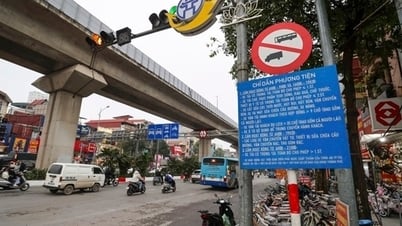


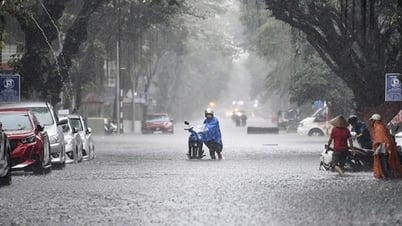















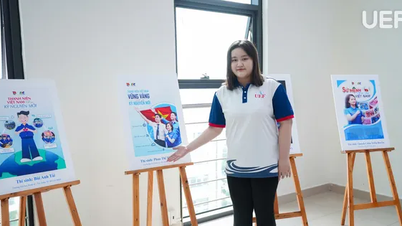













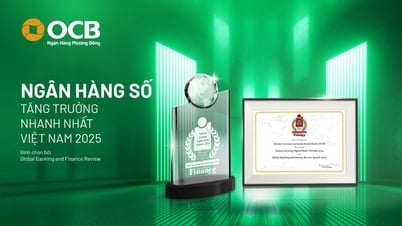






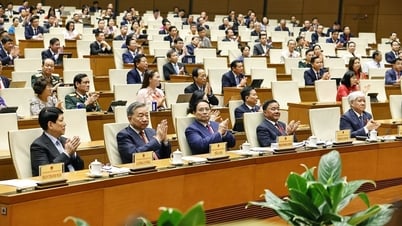







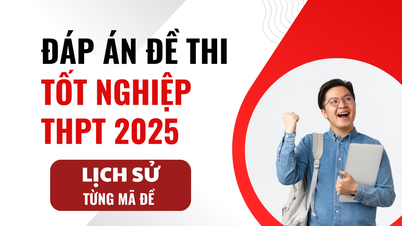

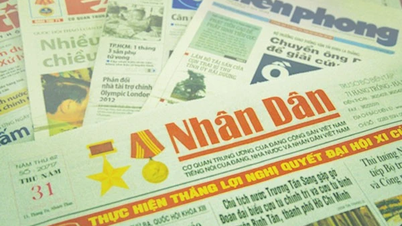




















Comment (0)